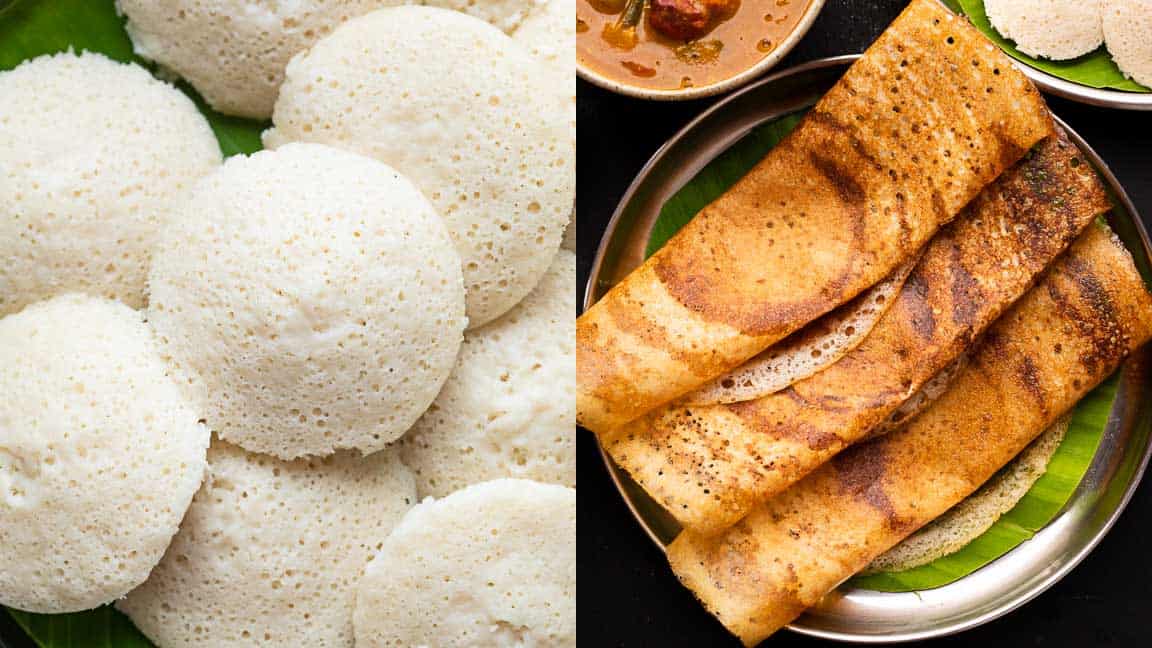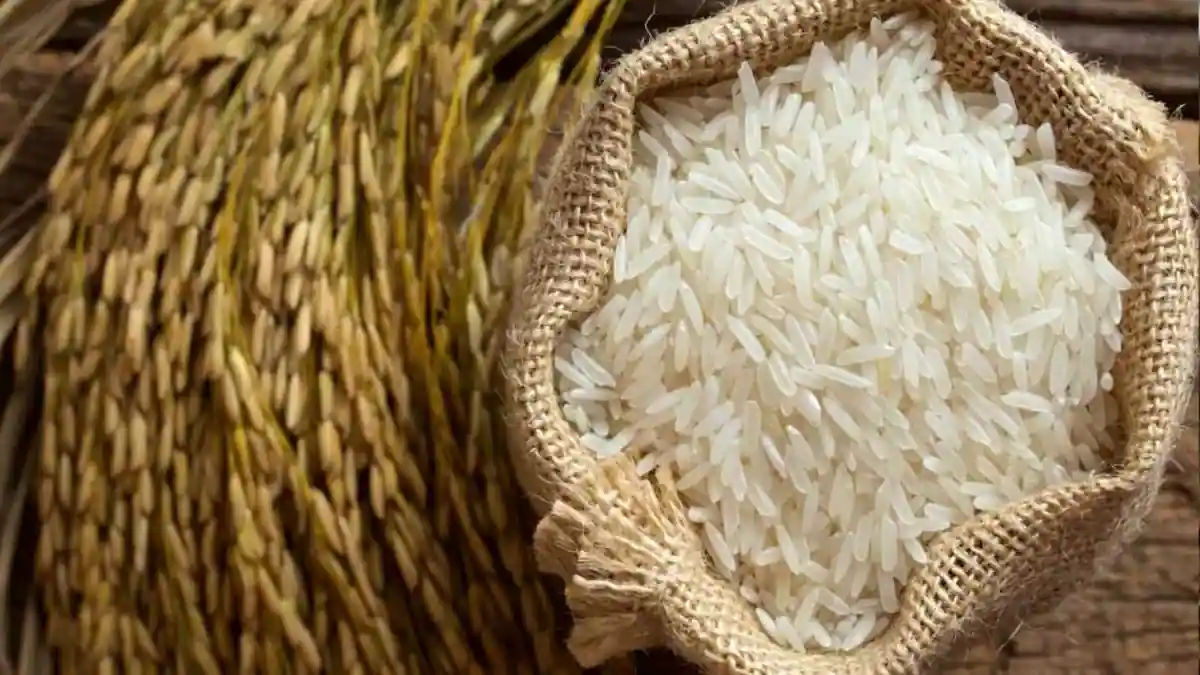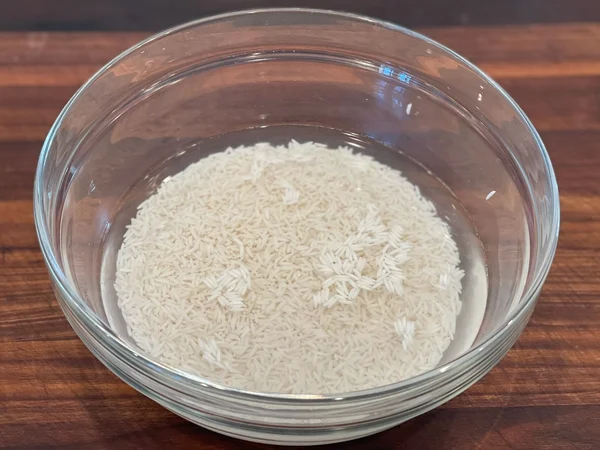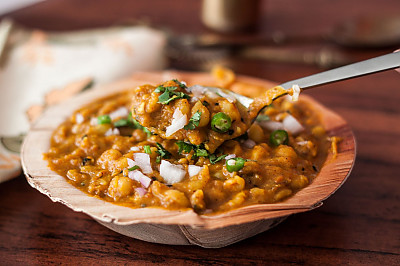After record fares of around 12 million tons (mt) of non-basmati rice during 2020-21, exporters are sure of supporting the pattern this financial.
Be that as it may, they see a more slow beginning to the shipments in current monetary as purchasers have turned cautious over the sharp expansion in cargo rates.
“In the new monetary year, we hope to support the shipment pattern saw in a year ago as the inventory issues are seen proceeding in other major delivering nations. Be that as it may, with the ascent in cargo rates, we see purchasers receiving a pause and watch position. Accordingly, there will be a more slow beginning to shipments,” said BV Krishna Rao, President, The Rice Exporters Association. In any case, the shipments for the previous agreements will occur in April, he said.
Sea cargo rates have climbed by 50-60 percent for both compartment and break mass payload, because of which the portion of cargo costs in the complete item cost of rice has expanded essentially, Rao said. The interest keeps on being there for the Indian rice as the stock issues are seen proceeding in different sources. Despite the fact that there’s an improved yield in Myanmar, exporters are seen confronting difficulties because of the predominant political circumstance. Likewise, a more vulnerable Indian money is seen helping the nation’s exporters.
Rao further said that the accessibility of rice for sends out in the nation was probably going to be lower as the Government has ventured up the acquirement. “We might not have a year ago’s degree of provisions because of higher obtainment, which may bring about marginally firm costs. We are anticipating that the average realizations should increment by about $20 per ton from the most recent year’s normal of around $370,” he added.
India — with absolute fares of around 16 mt — has been the biggest part of the planet rice exchange assessed at 50 million tons.
Basmati trades
Basmati rice trades are assessed to be somewhere in the range of 4.5 and 4.6 mt, said Vinod Kaul, Executive Director, All India Rice Exporters Association. Basmati rice trades, which had enlisted a development of around 16% in volumes till December, eased back down in the January-February period because of deficiency of compartments and furthermore because of higher sea cargo rates. “Accordingly, we anticipate that an overall growth in shipments should be minor at around 1% more than 2019-20,” Kaul said. India traded 4.5 million tons in 2019-20. Around 90% of the basmati shipments are done through holders.







